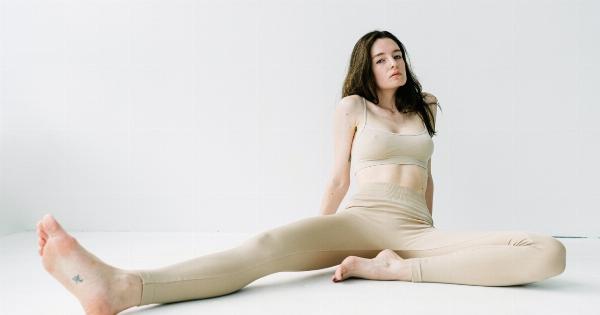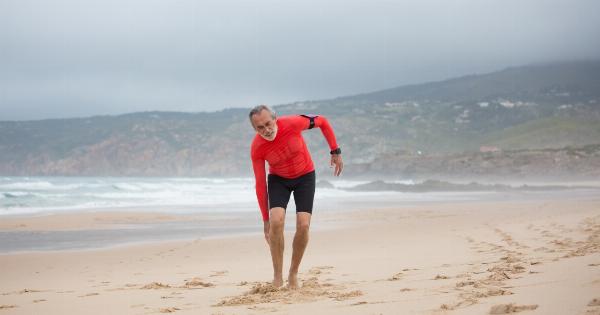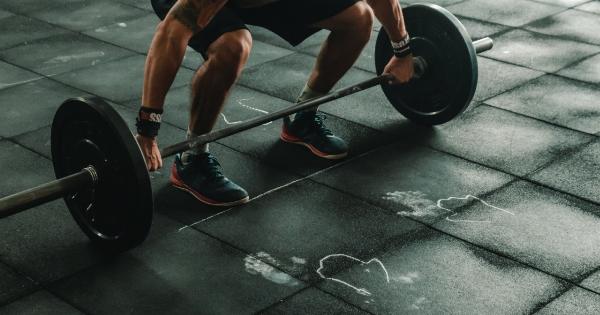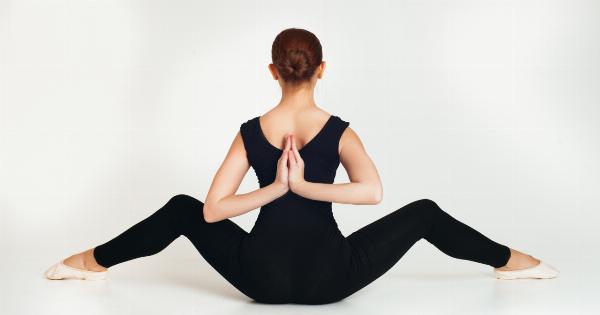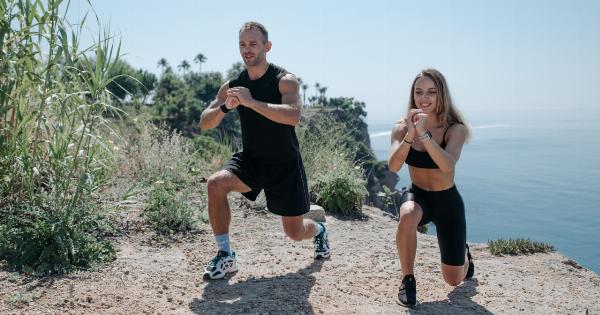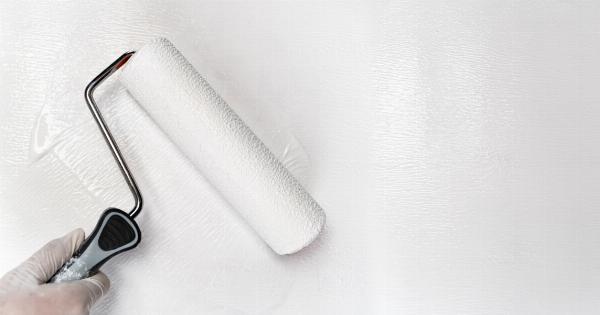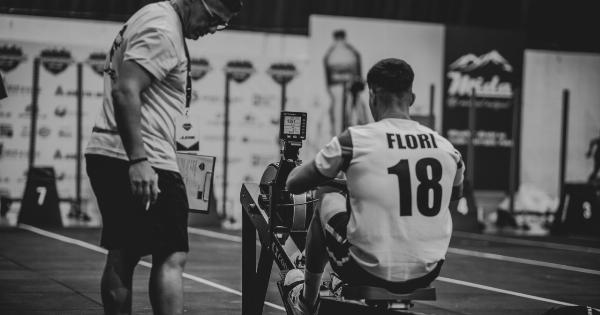Diabetic leg ulcers are a common and potentially serious complication of diabetes. They can lead to infection, prolonged healing times, and even amputation if not properly treated.
Fortunately, there are simple movements and exercises that can help reduce the risk of developing diabetic leg ulcers. In this article, we will explore these movements and discuss how they can benefit individuals with diabetes.
Understanding Diabetic Leg Ulcers
Diabetic leg ulcers are open sores or wounds that commonly occur on the lower legs or feet of individuals with diabetes. These ulcers are typically caused by poor circulation, nerve damage, or a combination of both.
When the blood flow to the lower extremities is compromised, it becomes difficult for the body to heal wounds, leading to the formation of ulcers. Additionally, nerve damage can result in loss of sensation, making it challenging for individuals with diabetes to detect injuries or sores on their feet.
The Importance of Prevention
Preventing diabetic leg ulcers is crucial for individuals with diabetes, as it can help avoid the potential complications associated with these wounds.
By reducing the risk of developing diabetic leg ulcers, individuals can maintain their mobility, prevent infections, and ultimately improve their quality of life.
Movement #1: Ankle Rotations
Ankle rotations are a simple movement that can help improve blood circulation in the lower extremities. To perform ankle rotations, sit in a comfortable chair with your feet flat on the floor.
Slowly rotate your ankles in a clockwise direction for 10 seconds, then switch to counterclockwise rotations for another 10 seconds. Repeat this movement 5-10 times on each foot.
Movement #2: Toe Raises and Toe Curls
Toe raises and toe curls are effective exercises for strengthening the muscles in the feet and improving blood flow.
To perform toe raises, stand with your feet flat on the ground and slowly lift your heels off the floor while keeping your toes on the ground. Hold this position for a few seconds, then lower your heels back down. Repeat this movement 10-15 times.
To perform toe curls, sit in a chair and place a small towel on the floor in front of you. Use your toes to scrunch up the towel, pulling it towards you. Repeat this movement 10-15 times on each foot.
Movement #3: Calf Raises
Calf raises are beneficial for increasing blood circulation and strengthening the calf muscles. Begin by standing with your feet shoulder-width apart, then slowly raise your heels off the ground, lifting your body onto your tiptoes.
Hold this position for a few seconds, then lower your heels back down. Repeat this movement 10-15 times.
Movement #4: Leg Extensions
Leg extensions are a simple exercise that can be done while sitting in a chair. Start by sitting with your feet flat on the ground. Extend one leg out in front of you, then flex your foot upwards, pointing your toes towards the ceiling.
Hold this position for a few seconds, then lower your foot back down. Repeat this movement 10-15 times on each leg.
Movement #5: Walking
Walking is a fantastic low-impact exercise that can improve overall circulation and strengthen the leg muscles. Aim for at least 30 minutes of brisk walking each day, or break it up into smaller increments throughout the day if needed.
Consider using a pedometer or fitness tracker to keep track of your steps and gradually increase your daily walking distance.
Conclusion
By incorporating these simple movements and exercises into your daily routine, you can significantly reduce the risk of developing diabetic leg ulcers.
Remember to always consult with your healthcare professional before starting any new exercise program, especially if you have underlying health conditions. Taking proactive steps to improve blood circulation and strengthen your leg muscles will not only reduce your risk of diabetic leg ulcers but also promote overall health and well-being.






